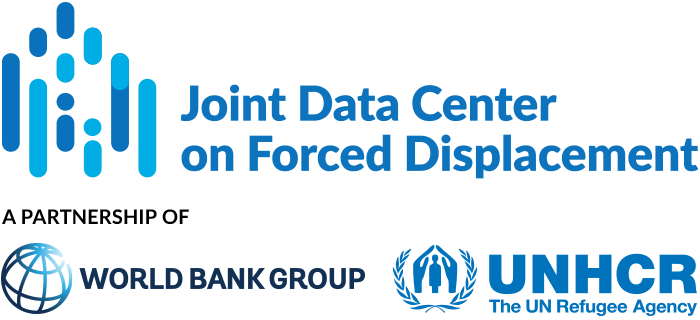This article investigates the relationships between healthcare attacks, conflict incidence, and internal displacement in Syria between 2016 and 2022. Over the 13 years of civil conflict in Syria, over 7.2 million people have been internally displaced, and 6.5 million refugees have fled the country.
JDC Literature Review
Distributional impacts of cash transfers on the multidimensional poverty of refugees: The Emergency Social Safety Net in Turkey
This paper analyzes the impact of the Emergency Social Safety Net (ESSN) cash program on the multidimensional poverty of refugees in Turkey.
The Making of a “Lost Generation”: Child Labor among Syrian Refugees in Turkey
This paper examines the factors contributing to child labor among Syrian refugees in Turkey. By the end of 2018, Turkey hosted 3.6 million Syrian refugees, including 1.6 million children under the age of 18, of which 1.1 million were of school age (5–17 years).
The crime effect of refugees
This paper investigates the impact of Syrian refugees on crime rates in Türkiye between 2006 and 2016. By 2016, approximately 3 million Syrian refugees had settled in Türkiye, resulting in a 4 percent increase in the country’s population.
Consequences of a massive refugee influx on firm performance and market structure
This paper identifies the impact of Syrian refugees on firm performance and market structure in Türkiye. The analysis focuses on the period ending in 2015, when Türkiye hosted 2.5 million Syrian refugees, most of whom were living in urban areas.
Revolving Doors: How Externalization Policies Block Refugees and Deflect Other Migrants across Migration Routes
This paper investigates the effects of externalization policies on unauthorized migration flows, focusing on the effects of the 2016 EU–Turkey Statement on unauthorized border crossings to Europe.
Labour market and redistributive consequences of the Syrian refugees in Turkey
This paper examines the impact of Syrian refugees on the labor market outcomes of Turkish nationals and how these effects are distributed across workers and regions. Prior to 2016, Syrian refugees did not have work permits and predominantly worked in the informal labor market, particularly in low-wage, labor-intensive sectors such as construction and agriculture. Even after work permits became available, they were limited in practice.
The labor market integration of Syrian refugees in Turkey
This paper examines the labor market integration of Syrian refugees in Turkey. Since 2018, Syrian refugees in Turkey have numbered more than 3.6 million.
Syrian Refugees and Human Capital Accumulation of Working-age Native Children in Turkey
This paper examines the effect of Syrian refugees on the school enrollment and employment of working-age native children in Turkey. The authors analyze the distributional effects of the refugee shock for children with various levels of parental education.
School integration of Syrian refugee children in Turkey
This paper analyzes the school integration of Syrian refugee children in Turkey. Syrian refugees began fleeing to Turkey in 2011. Turkey currently hosts 3.7 million Syrian refugees, of which 47 percent are under 18 and a third are school aged (aged 5–17).


